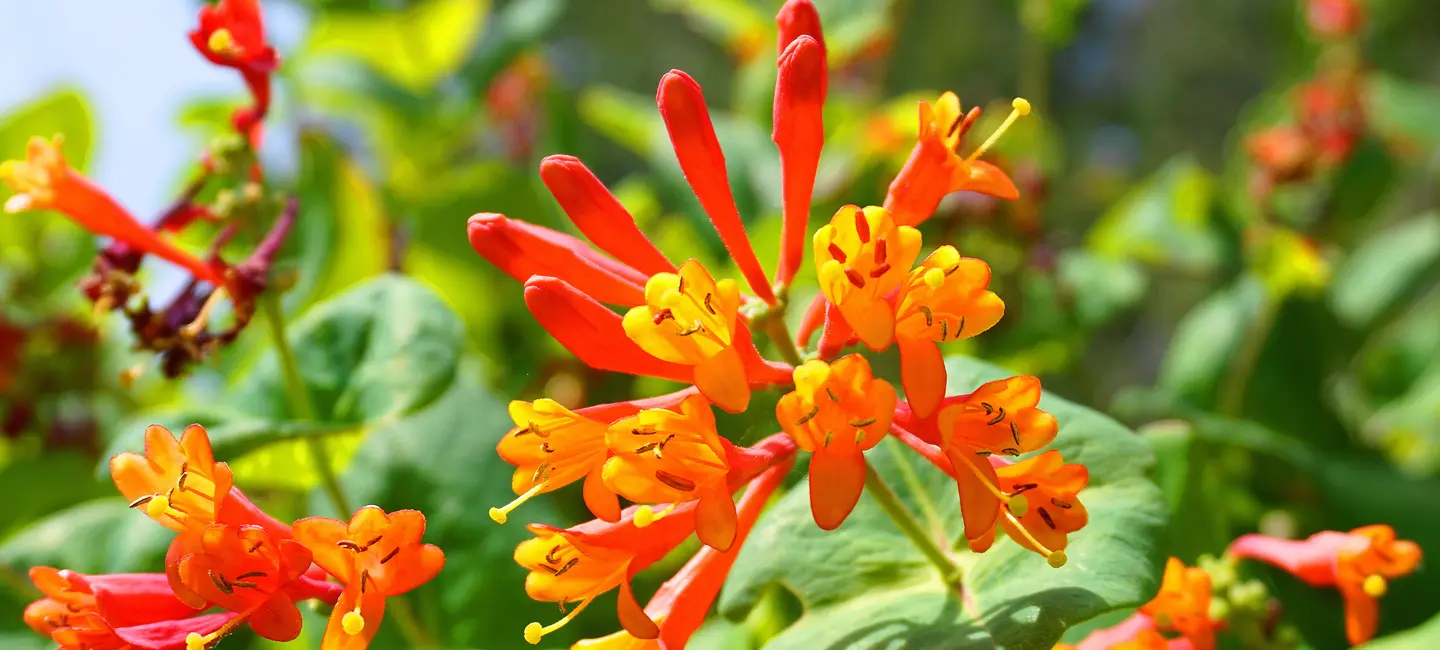
Honeysuckle (Lonicera caprifolia) is a group of flowering shrubs or vines. The flowers, seeds, berries, and leaves are used for medicine.
Honeysuckle might decrease swelling and also have antiviral effects. It contains essential oils as well as antioxidants such as quercetin.
People use honeysuckle for indigestion, bacterial or viral infections, memory, diabetes, common cold, and many other conditions, but there is no good scientific evidence to support these uses.
Don't confuse honeysuckle with other plants such as woodbine, American ivy, and gelsemium. All of these plants are sometimes called woodbine, but they are not the same.
Is It Effective?
There is interest in using honeysuckle for a number of purposes, but there isn't enough reliable information to say whether it might be helpful.
Is it Safe?
When taken by mouth: Honeysuckle flower extract is possibly safe when used for up to 8 weeks.
When applied to the skin: There isn't enough reliable information to know if honeysuckle is safe or what the side effects might be.
Special Precautions & Warnings:
Pregnancy and breast-feeding: There isn't enough reliable information to know if honeysuckle is safe to use when pregnant or breast-feeding. Stay on the safe side and avoid use.
Surgery: Honeysuckle might slow blood clotting, so there is concern that it might increase the risk of extra bleeding during and after surgery. Stop using honeysuckle at least 2 weeks before a scheduled surgery.
Medications that slow blood clotting (Anticoagulant / Antiplatelet drugs)
Interaction Rating=Moderate Be cautious with this combination.
Honeysuckle might slow blood clotting. Taking honeysuckle along with medications that also slow blood clotting might increase the risk of bruising and bleeding.
Herbs and supplements that might slow blood clotting: Honeysuckle might slow blood clotting and increase the risk of bleeding. Taking it with other supplements with similar effects might increase the risk of bleeding in some people. Examples of supplements with this effect include garlic, ginger, ginkgo, nattokinase, and Panax ginseng.
There are no known interactions with foods.
There isn't enough reliable information to know what an appropriate dose of honeysuckle might be. Keep in mind that natural products are not always necessarily safe and dosages can be important. Be sure to follow relevant directions on product labels and consult a healthcare professional before using.
Barbe de Chèvre, Blue Honeysuckle, Broquebique, Caulis Lonicerae Japonica, Chèvrefeuille, Chèvrefeuille des Bois, Chèvrefeuille des Haies, Chèvrefeuille du Japon, Cranquillier, Fleur de Miel, Flos Lonicerae, Goat's Leaf, Haskap, Herbe de Chèvre, Herbe à la Pentecôte, Herbe de Pentecôte, Herbe à la Vierge, Honey Suckle, Honeysuckle Flower, Japanese Honeysuckle, Jin Yin Hua, Jinyinhua, Lonicera, Lonicera aureoreticulata, Lonicera bournei, Lonicera caprifolia, Lonicera japonica, Lonicerae Japonicae, Madreselva, Nindo, Périclymène, Ren Dong, Saute-Buisson, Suikazura, Woodbine.
Information on this website is for informational use only and is not intended to replace professional medical advice, diagnosis, or treatment. While evidence-based, it is not guaranteed to be error-free and is not intended to meet any particular user’s needs or requirements or to cover all possible uses, safety concerns, interactions, outcomes, or adverse effects. Always check with your doctor or other medical professional before making healthcare decisions (including taking any medication) and do not delay or disregard seeking medical advice or treatment based on any information displayed on this website.
© TRC Healthcare 2024. All rights reserved. Use and/or distribution is permitted only pursuant to a valid license or other permission from TRC Healthcare.
